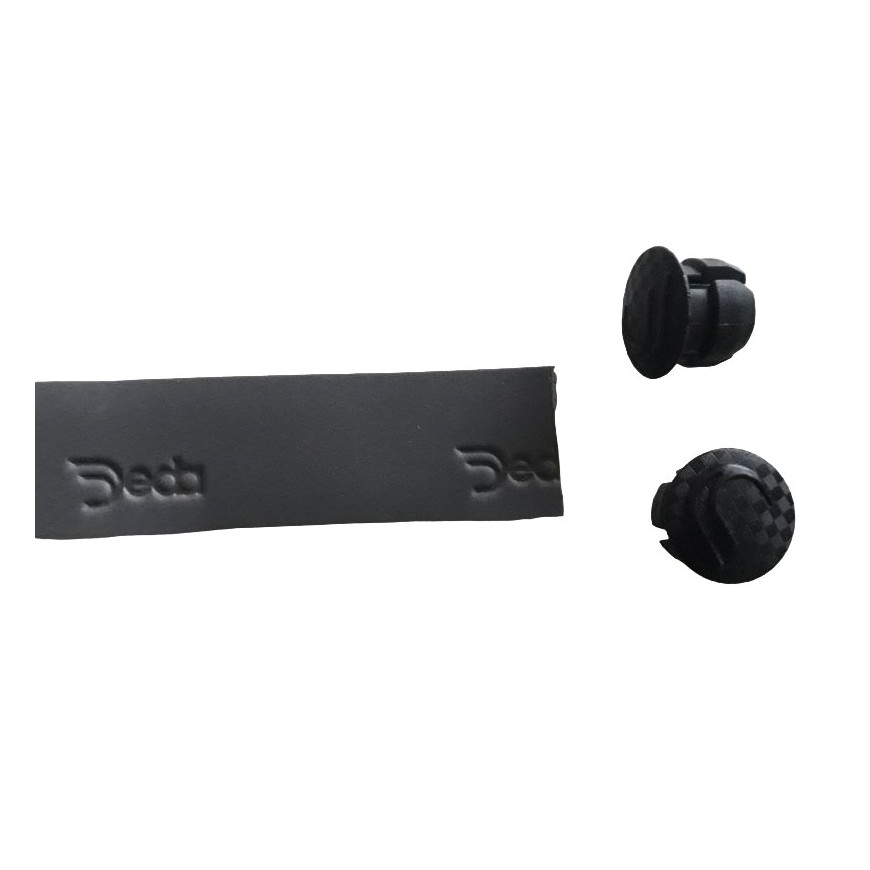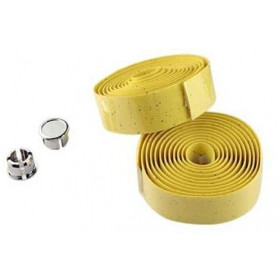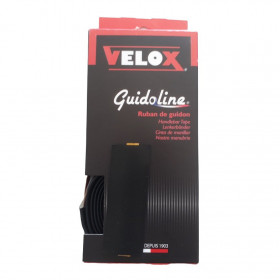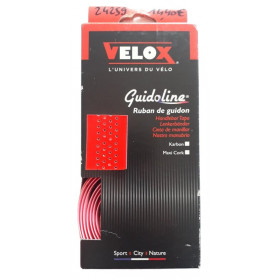 zoom_in
zoom_in
Handlebar tape Deda Nastro
- Nastro
- 21 Items
- New

€6.75 VAT included €14.99
Handlebar tape: comfort, style, and performance at your fingertips
Handlebar tape is much more than just an accessory — it’s one of the cyclist’s main contact points with the bike. When chosen carefully, it can turn an average ride into a smooth, enjoyable experience. Whether you’re into long road rides, vintage bike restorations, or high-performance racing, the right handlebar tape plays a key role in comfort, control, and style.
What is handlebar tape for ?
Wrapped around the handlebars, the tape adds a layer of cushioning between your hands and the metal. It absorbs road vibrations, improves grip, and ensures excellent traction, even in the rain or during sweaty climbs. It also adds a personal touch to your bike’s cockpit, with a wide variety of colors and finishes to match your style.
Types of handlebar tape materials
The material you choose will directly affect comfort, durability, and overall feel.
-
EVA Foam: lightweight and comfortable, with good shock absorption. A common and affordable choice.
-
Natural or synthetic cork: excellent at filtering vibrations, with a slightly grainy texture that’s perfect for long-distance rides.
-
Polyurethane (PU): firmer feel, often with textured or non-slip surfaces for better grip.
-
Rubber or silicone: very grippy and easy to clean — ideal for aggressive or wet-weather riding.
-
Technical fabrics: high-end models often combine several layers (gel, foam, microfiber) for maximum comfort and performance.
Key features to consider
Here are some things to look at before choosing your handlebar tape:
-
Thickness: ranges from 1.5 mm to 3.5 mm. Thicker tapes offer more comfort but can feel bulky for smaller hands.
-
Grip: some materials and textures are specifically designed to maintain traction even when wet.
-
Durability: good tape should resist wear, sweat, and UV exposure.
-
Ease of installation: some tapes are stretchable and easier to wrap. Others require a bit more precision to avoid creasing.
-
Design: solid colors, perforated styles, prints, glossy or matte… you can match your tape to your bike and your personality.
How to wrap handlebar tape properly
Start with clean handlebars. Prep your bar end plugs and begin wrapping from the bar ends toward the center. Overlap the tape slightly to avoid gaps, and keep even tension throughout. Finish off with a clean strip of finishing tape or electrical tape for a polished look.
When to replace your handlebar tape
If your tape feels worn, slippery, or is starting to unravel, it’s time for a replacement. After a tough season or thousands of kilometers, signs of wear may appear: loss of grip, fraying, reduced comfort. Replacing your tape regularly not only improves your ride feel but also ensures safety.
In summary
Handlebar tape might be a small component, but it has a big impact on your riding experience. It provides comfort, control, and customization, all in one roll. Take the time to find the tape that fits your riding style and preferences. Sometimes, a simple tape upgrade is all it takes to breathe new life into your bike — and your motivation.





